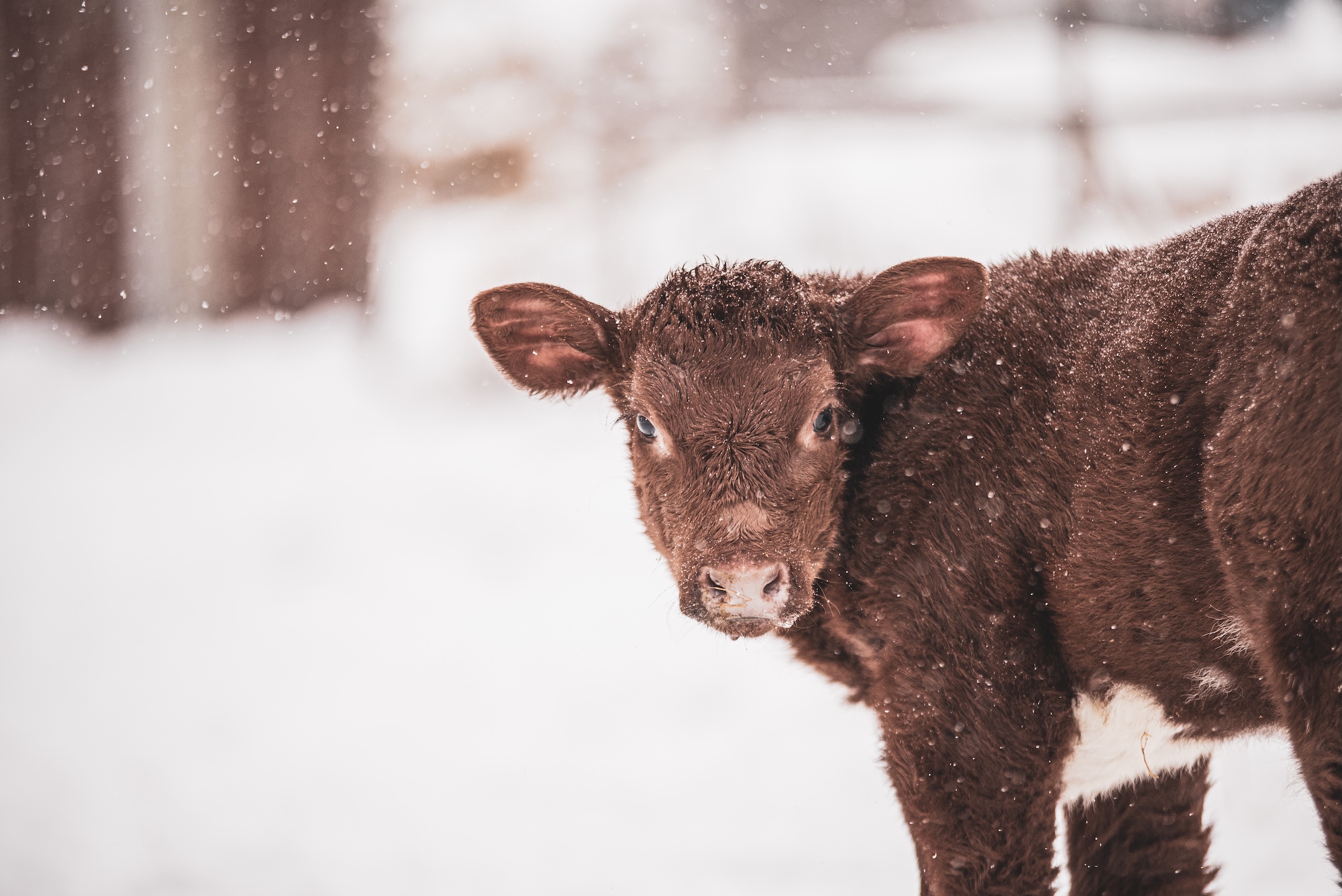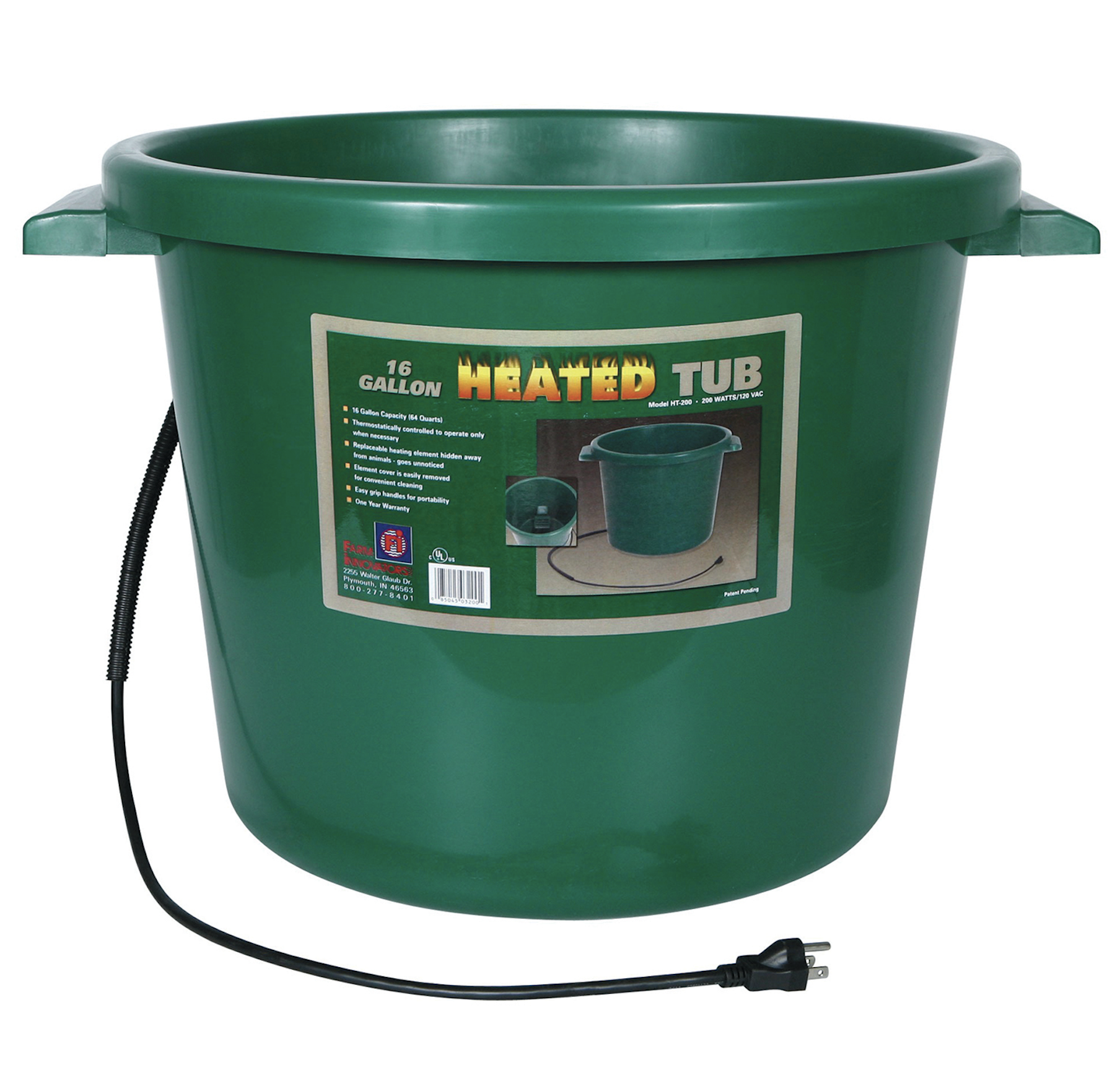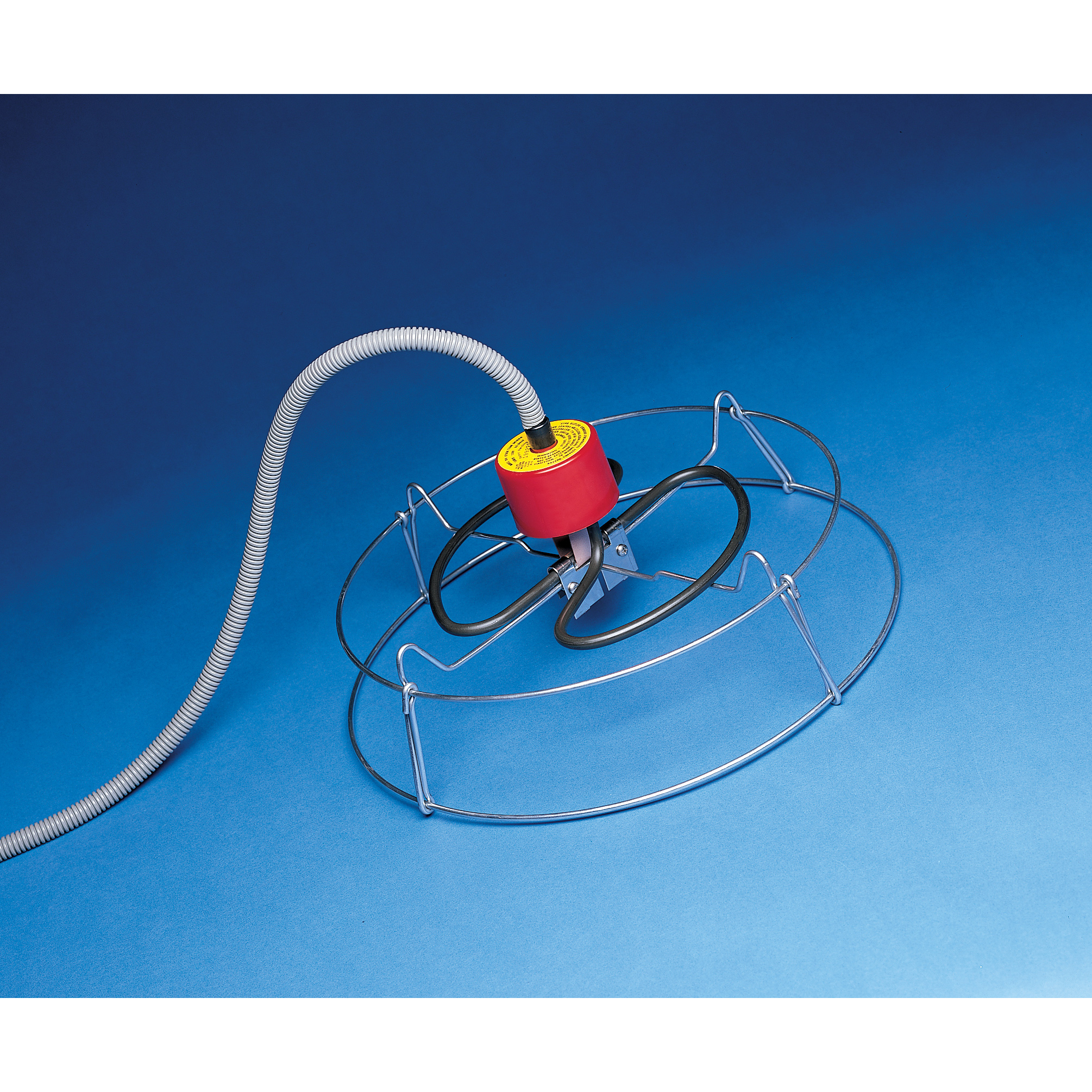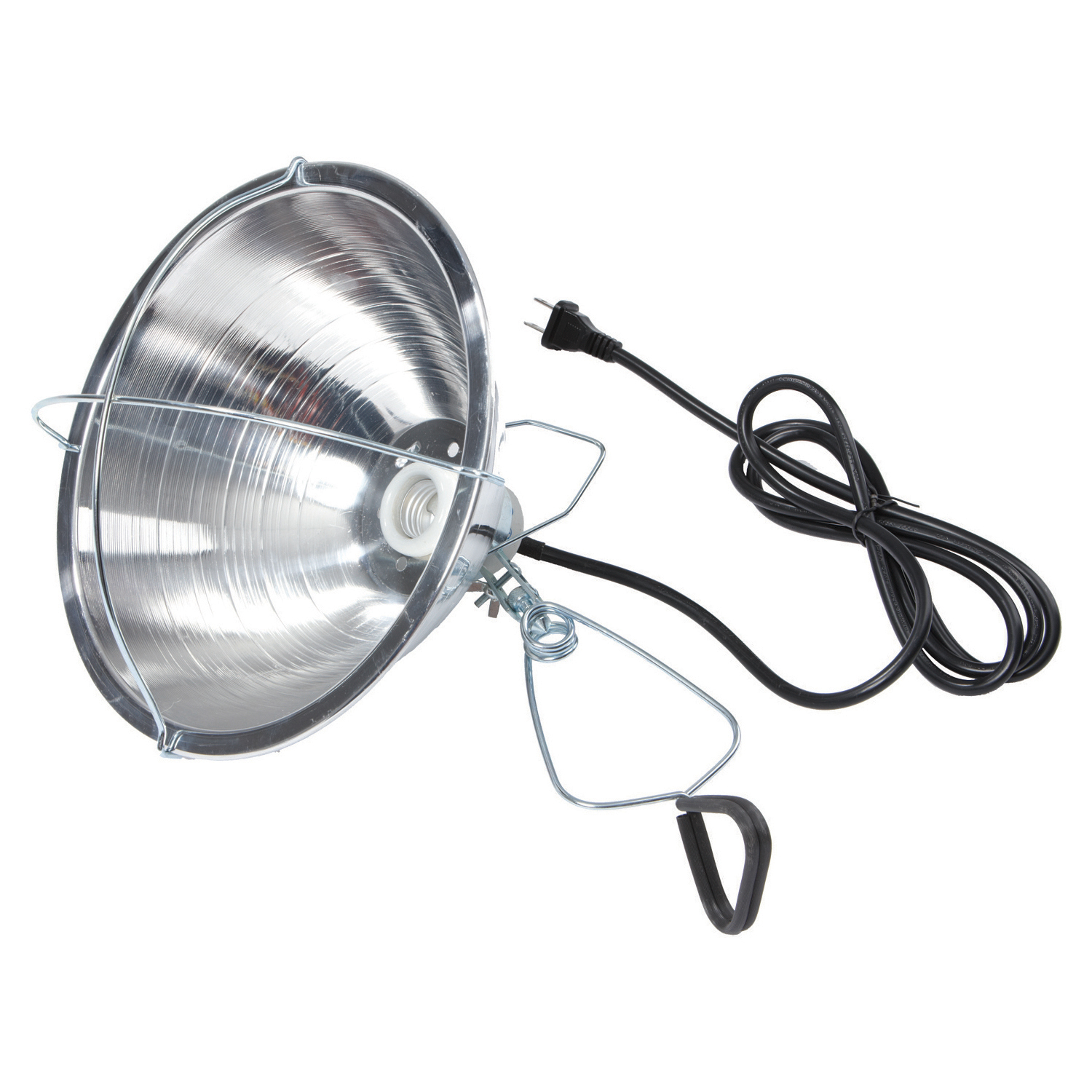Preparing Your Farm for Winter: Top 10 Tips & Essential Supplies
Get your farm ready for cold weather with these 10 essential winter prep tips. Learn how to protect livestock, equipment, and buildings.

Farming in the Midwest means facing long, cold winters with heavy snow, freezing temperatures, and strong winds. Getting your farm ready before the weather turns protects your animals, equipment, and buildings. This simple checklist covers 10 key ways to prepare your property, along with dependable winter supplies you can find at Fleet Farm.
No. 1: Inspect and Winterize Farm Buildings
Before winter sets in, check your barns, sheds, and other structures for damage. Look over roofs for missing shingles or weak spots that may collapse under heavy snow. Make sure rafters are secure, and check that doors and windows open and close properly. Sealing up gaps keeps out cold air and snow. Don’t forget to clear gutters and vents so water can drain and air can move through.
If you use snow fencing to manage drifts or protect buildings from wind, now’s the time to check it.
<div class="rt-cta"><a class="cta-link-button inline-link" href="https://www.fleetfarm.com/category/farm-livestock/fencing-gates/snow-safety-fencing/_/N-2724581211">Browse Fleet Farm’s snow and safety fencing options to find what fits your layout</a></div>
No. 2: Prepare Livestock Housing and Windbreaks
Livestock need solid shelter to stay warm and dry through the winter. Set up housing away from strong winds and use hay bales, wood panels, or fencing to create windbreaks. Make sure all animals have access to dry bedding and a place to lie down out of the elements. Adding extra straw or other organic material helps with insulation.
This is also a good time to trim hooves and check each animal’s body condition going into the colder months. In fact, animals without shelter from wind or wet conditions might need up to 30% more feed per day than those with proper protection.

No. 3: Upgrade Water Systems to Prevent Freezing
Frozen water becomes a daily nuisance in winter, so it’s a good idea to get ahead of it. Heated waterers and submersible tank heaters keep water flowing, even when temperatures drop below zero. You can also insulate tanks and troughs to hold in warmth. For long-term savings, some farms use buried water lines or geothermal systems.
Whatever setup you use, check it often during cold snaps to ensure everything’s working correctly.

No. 4: Optimize Winter Nutrition and Feed Storage
Livestock burn more energy to keep warm in cold weather. A general rule of thumb states that cow energy needs go up 1% for every degree the wind chill drops below 32°F. That adds up quickly during a long, cold snap.
Make sure you’ve got at least two weeks of feed stored in areas you can reach after a snowfall. Moving hay and feed closer to where you feed animals now saves you time later.
<div class="rt-cta"><a class="cta-link-button inline-link" href="https://www.fleetfarm.com/category/farm-livestock/livestock-care/feeds-feeding-equipment/livestock-feeds/_/N-1377928410">Explore Fleet Farm’s livestock feed to keep your animals fed and healthy all winter</a></div>
No. 5: Service and Store Equipment for Cold Weather
Farm equipment maintenance is key before winter hits. Begin by changing the oil and hydraulic fluids, and add anti-gel treatment to the diesel fuel. Batteries should be tested, charged, or replaced if needed, as cold weather drains them quickly.
If you’re putting equipment away for the season, store it indoors if you can. Otherwise, keep it off the ground and disconnect the battery. Grease all moving parts, and check belts, air filters, and hoses for wear.
Also, keep fuel tanks full to reduce condensation inside the tank.
No. 6: Test Generators and Backup Heating Systems
Winter storms can knock out power, so it’s a good idea to test your generator before you need it. Make sure it starts easily and that you have enough fuel on hand for at least two weeks. Always run generators outside and away from buildings. Keep carbon monoxide monitors in working condition, especially near sleeping areas.
Check any backup heaters as well. Look over the wiring, clean off dust, and replace worn parts before the cold sets in.

No. 7: Stock Up on Emergency Supplies for People and Animals
Winter weather slows things down fast, so you’ll want to have essentials on hand. Keep a supply of non-perishable food, clean water, flashlights, batteries, and warm clothing for your household. For livestock, store extra bedding, backup feed, and any medications they might need.
It’s also good to have snow shovels, ice melt, and hand tools in spots you can reach easily during a storm.
Fleet Farm carries vitamins and supplements so you can keep your animals in good shape all season.
No. 8: Protect Fuel Storage and Treat Diesel
Cold weather can cause diesel fuel to gel, making engines hard to start, or not start at all. Diesel fuels begin to gel around 20°F.
Before winter, inspect your fuel tanks for cracks or leaks and clean out any buildup. Try to keep tanks at least half full and use insulating covers where needed. Adding anti-gel diesel additives with every fill-up is a simple step that can make a significant impact.

No. 9: Plant Cover Crops and Mulch Sensitive Areas
Cover crops protect your soil throughout the winter when farming in the midwest. An option like clover keeps the ground from washing out and holds onto nutrients for spring. If you grow garlic or have other perennials in the ground, a layer of mulch prevents winterkill when temperatures drop.
Now’s a good time to pick up supplies for fall planting and mulching. Check out Fleet Farm’s seeds and planting section for what you need before the frost sets in.
No. 10: Review Records and Plan for Spring
Winter is a great time to catch up on paperwork and get organized for the next season, so make sure to look over crop yields, livestock records, and maintenance logs from the past year. Some other farming tips include updating your budget, organizing receipts, and making a list of supplies you’ll need for spring planting and calving.
It’s also a good time to schedule early equipment repairs and take care of anything you may not get to once the weather warms up.
Browse Fleet Farm’s sprayer part options while planning ahead for springtime chores.
Get Ahead of Midwest Winter Challenges at Fleet Farm
Preparing your farm for winter shouldn’t be complicated. A little planning now goes a long way once the snow begins to fall. Here are a few farming tips to keep in mind:
- Check buildings, equipment, and water systems before the first freeze.
- Make sure animals have proper shelter, bedding, and access to water.
- Stock up on feed, fuel, and emergency supplies.
- Use cover crops and mulch to protect soil over the winter.
- Plan ahead for spring while things are quiet.
Explore Fleet Farm’s full selection of farm and livestock supplies to get everything you need for a safe and productive winter season.
FAQs
What are the best winter cover crops?
Clover is a very popular choice. It protects soil from erosion, improves spring fertility, and suppresses weeds until planting time.
How do farmers make money in the winter?
Many sell stored crops, offer custom equipment work, repair gear, or focus on livestock production. Some also run seasonal businesses like firewood sales or snow removal.
What do farmers do with cows in the winter?
Cows are kept in sheltered areas with extra bedding and high-energy feed. Farmers monitor water systems, body condition, and hoof health to keep herds healthy in cold weather.
Can crops grow in snow?
Most crops can’t grow in snow, but the ground beneath can be protected with mulch or cover crops. A few hardy greens may survive light snow.
What is winter sowing technique?
Winter sowing involves planting seeds outdoors in covered containers during winter. The seeds stay dormant until conditions are right in spring, making it an easy way to start hardy plants.












